Argentina, Buenos Aires, and Croatia are just some of the many study abroad programs that were represented at the Study Abroad Fair last Thursday. The fair involved 38 different programs and offices, all of which were there to help assimilate the student into the process of studying abroad. The first step to studying abroad involves gathering information about specific programs, financial aid, academics and credit transfers, in which all the routes to this information were provided at the fair.
The first step after walking into the Alphonse gym was to check-in, which was basically listening to a brief introduction about the fair and then receiving a fake passport. The passport functioned as a ticket for a drawing for a chance to win one of two $500 study abroad scholarships. The only condition to entering one’s passport in the drawing was that one had to visit at least four tables and receive four stickers to place in one’s passport. Since there were 38 different tables, this task did not pose as challenging one might think. Then just weave up and down the rows of tables stopping every so often until something picks interest or a table that provides needed information, such as the table representing the Financial Aid Office. Going through the motions, I found myself meandering quite a bit longer at the table for the Tel-Aviv University in Israel, and especially at the table for the Sydney and Newcastle semester programs in Australia. Both tables provided a clear description encompassing the programs and also provided experiences from students that have been a part of the programs as well as plenty of informational packets to walk away with. I even found myself lurking at the “Mysteries of the Maya” field study in Mexico that is coordinated by my RCC professor Dr. Kristler, in which I chatted with Morgan Gill, the student coordinator of the program.
Each table was unique in their approach in displaying their programs. For instance, one of the many tables for the Germany programs involved representatives who had dressed up for the occasion. Some tables, such as the table for the Schooling and Culture in Costa Rica, provided a slideshow of pictures of the location. A myriad of tables decorated with posters full of useful information and bright colors, but the “Mysteries of the Maya” table found cultural candy helpful in attracting interested students.
Overall, the fair was exceptionally informational and provided a comfortable atmosphere for students to ask questions and gather more information.

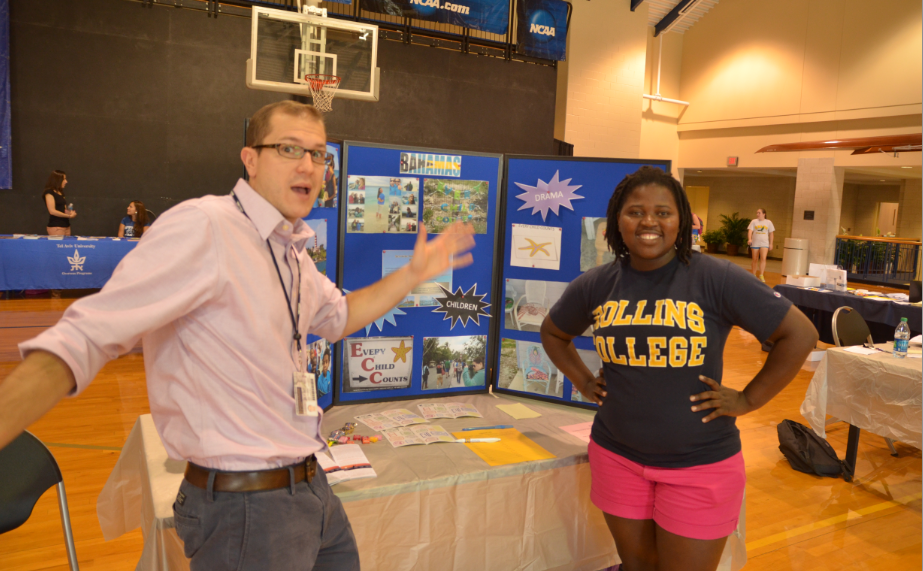
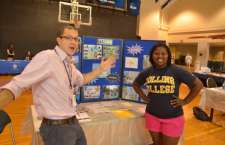
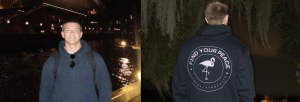
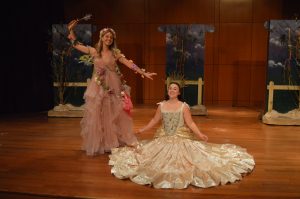

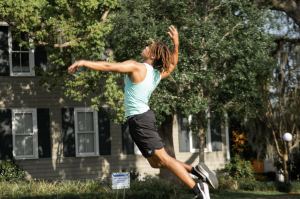
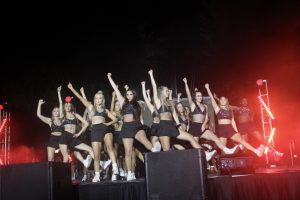


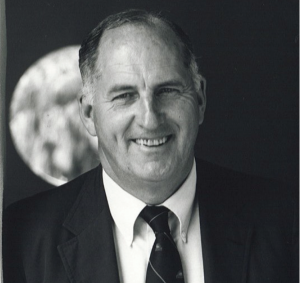
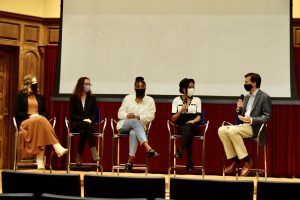
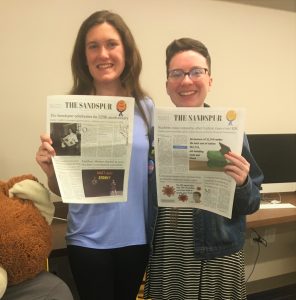
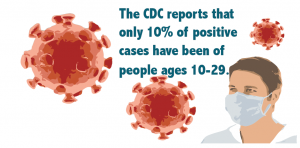
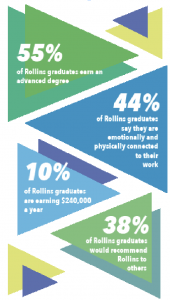
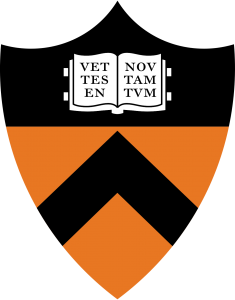
Be First to Comment